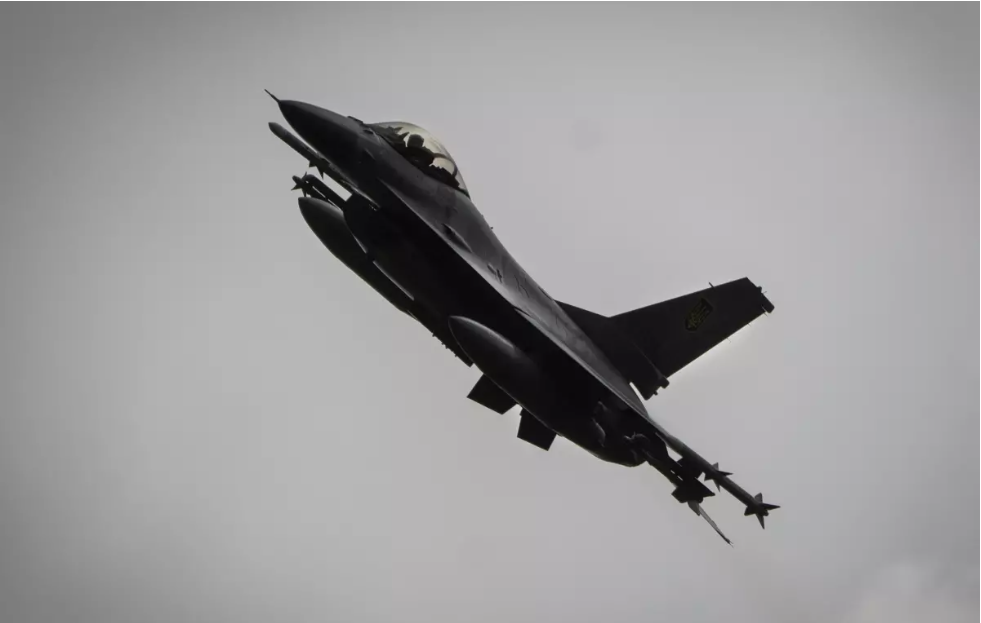In February of this year, NATO nation Finland declared that Ukraine was free to use any bomb or missile on Russia and that Helsinki would support that move.
Earlier this week, Finland President Alexander Stubb made an embarrassing U-turn. On August 27, he ruled out sending high-precision long-range weaponry to Ukraine, citing national security concerns due to Finland’s proximity to Russia.
He warned, “We are at the frontline.” Dear Finland, what’s behind this sudden change of heart? In fact, we are not getting reports that even NATO has started dragging its feet on the issue of Ukraine.
For instance, in a major setback for Ukraine, a top NATO leader said some critical military aid might take years to reach Kyiv. Lithuanian Foreign Minister Gabrielius Landsbergis claimed earlier this week that no new ammunition packages have been delivered to the war-torn nation since June.
He added, “During our discussions with Ukrainian friends we find out that certain equipment that has been promised last year will only be delivered in 2027.”
Can we see a pattern here? Frontline NATO states are suddenly singing tunes of peace. Both Finland and Lithuania are just placed near Russian boundaries. And they have realised already Ukraine’s all-out collapse may not be far away.
The reason, you may ask? It’s the F-16 tragedy. NATO really hoped that the delivery of F-16 fighter jets would turn the tables on Russia and help Ukrainian forces achieve aerial supremacy.
But see what happened.
While combating a massive Russian drone attack, a top Ukrainian pilot not just ended up losing his life but also crashed the expensive machinery into the ground. And along with the jet, the hopes of NATO to defeat President Vladimir Putin also kissed the ground.
NATO nations know that the ongoing Kursk offensive by Ukraine is shallow and doesn’t look promising.
Western media may hide it but Russia is fast expanding its hold on towns and villages in Ukraine’s partially occupied Donetsk, Luhansk and Kharkiv regions. As Ukraine continues to punch above its weight in Kursk, Russia has got the golden opportunity to pound Kyiv forces in vulnerable areas.
Russia’s military appears to be focusing its firepower on the key logistics hub of Pokrovsk, where Ukraine says the fighting is intense and “difficult.”
Ukraine would soon find its forces inside the Russian territory encircled by Putin’s men. And then, they would have no choice but to wave the white flag and lay down their weapons.
Even Ukrainian leader Zelensky is desperate now. He declared Friday that he was firing the chief of the Ukrainian air force after the F-16 tragedy and that we must take care of all the soldiers. But that has done a little to win back the confidence of NATO nations, especially those situated right next to Russia’s borders.
The biggest concern for NATO is that once Kyiv falls, Moscow may retaliate against those nations which have been providing crucial military aid to Ukraine. Just last week, NATO sounded the alarm about a potential threat from Russia to disrupt vital communication and navigation systems used by the West.
It warns that Russia may already have plans in place to target undersea fiber optic cables and scramble GPS signals as retaliation for Western support of Ukraine. The Center for Strategic and International Studies reports that Russian spy ships and submarines have been loitering suspiciously close to undersea cable routes.
Earlier in August, it was revealed that a Ukrainian team was behind the blowing up of Nord Stream Pipelines, a plan which was initially approved by Zelensky himself. Putin may highly likely seek revenge for that once it defeats Ukraine on the battlefield. That’s another reason why frontline NATO nations are worried.
Lastly, some European capitals are worried at the prospects of ex-US president Donald Trump coming back to power.
Trump is a big-time peace lover and an ardent critic of military-industrial complex. A Trump 2.0 might further force Kyiv to crawl its way up to peace table and forge a peace deal with Moscow. So, it’s highly likely that NATO nations might have already started preparing for it.
But that doesn’t mean NATO will stop backing Ukraine anytime soon.
Don’t forget, NATO’s strings are controlled by master Uncle Sam from far away. It will never stop adding fuel to the fire until the Joe Biden regime collapses and a Republican president takes over. After their own nation, Democrats have apparently succeeded in splitting the NATO alliance down the middle. As Washington and Paris vow to keep funding Ukraine’s war machinery, frontline NATO states have started taking pragmatic approach and toning down their anti-Russia rhetoric.
